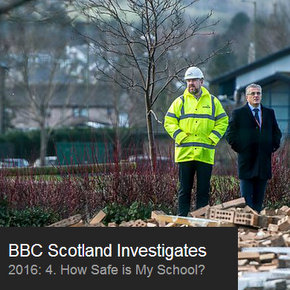
How safe are PFI schools and who made money from dangerous buildings?
 Howard Chapman, Buildingtalk Editor, reviews a new BBC investigation into the growing concern about dangerous sub-standard schools built via PFI schemes and the big profits now mostly go to offshore companies. I highly recommend you view the programme via the iPlayer link below.
Howard Chapman, Buildingtalk Editor, reviews a new BBC investigation into the growing concern about dangerous sub-standard schools built via PFI schemes and the big profits now mostly go to offshore companies. I highly recommend you view the programme via the iPlayer link below.
Under PFI, the private sector builds and manages school buildings in return for a fee, typically over 25-30 years. PFI was designed to take some public spending off the balance sheet. Was it a good investment for the taxpayer or a rip-off?
How safe is my school?
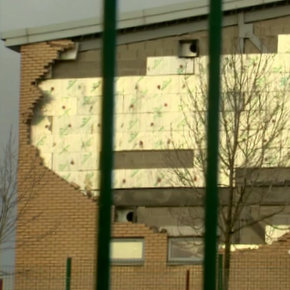 A new BBC Scotland investigation ‘How Safe is My School?’ has revealed that 80% of the 350 PFI schools in Scotland are now owned at least partly by offshore companies. So the big PFI profits are now heading out of the UK.
A new BBC Scotland investigation ‘How Safe is My School?’ has revealed that 80% of the 350 PFI schools in Scotland are now owned at least partly by offshore companies. So the big PFI profits are now heading out of the UK.
Dexter Whitfield, from the European Services Strategy Unit, says “There are an awful lot of people making very substantial sums of money out of it” and has describes PFI projects as ‘wealth machines’.
The 17 PFI schools built in Edinburgh were closed for repairs earlier this year after problems were revealed with wall and header ties used to hold exterior and interior walls together and attach them to the rest of the building.
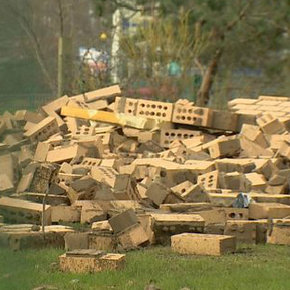 The danger became apparent after part of a wall at Oxgangs Primary School collapsed. Fortunately, though children often sheltered under the wall, no child was hurt.
The danger became apparent after part of a wall at Oxgangs Primary School collapsed. Fortunately, though children often sheltered under the wall, no child was hurt.
About 7,600 primary and secondary school children were eventually affected. Local councils have assured parents that buildings affected by closures are now safe for their children to return for the start of the new school year.
An independent inquiry into the matter will consider whether the private finance method contributed to the structural issues with the buildings.
Financial scandal is growing
Under PFI deals, the private sector builds and manages school buildings in return for a fee, typically over 25-30 years. For example in one project in Edinburgh, 17 new schools were built, with the council paying £1.5m a month. It has been revealed that more than 200 PFI built schools in Scotland are at least partially owned by offshore investment funds.
Watch BBCiPlayer BBC Scotland Investigates: How Safe is My School
This includes a detailed look at the problems with wall and header ties, used to hold exterior and interior walls together and attach them to the rest of the building. Some wall ties were not properly embedded because the joints in the walls were not aligned.
Prof Alan Dunlop, Master Architect and lecturer with Robert Gordon University: “The way some of these things are done is very worrying indeed… I would suggest that it not only contravenes what would be standard practice. In my view this is malpractice”.
Thankfully, no child was killed or injured but the financial consequences from PFI will be with us for a generation. Who was responsible and have we have leant the lessons?
Your comments and insights are welcome.
Read previous Buildingtalk Blog about PFI: Bankrupt hospitals and emergency closure of 17 PFI built schools
2 comments on “How safe are PFI schools and who made money from dangerous buildings?”
Leave a Reply
You must be logged in to post a comment.
Latest news

16th April 2024
Mitsubishi Electric set to host CIBSE Journal webinar
Mitsubishi Electric will host a CIBSE Journal webinar on Wednesday 24th April 2024 at 1pm to discuss the legislation and initiatives driving changes in the way we will need to heat, cool and ventilate large commercial buildings to reach net zero emissions in the UK.
Posted in Air Conditioning, Articles, Building Industry Events, Building Industry News, Building Products & Structures, Building Regulations & Accreditations, Building Services, Facility Management & Building Services, Heating Systems, Controls and Management, Heating, Ventilation and Air Conditioning - HVAC, Information Technology, Pipes & Fittings, Plumbing, Seminars, Sustainability & Energy Efficiency, Training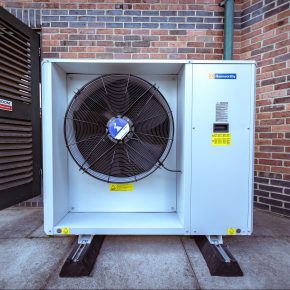
16th April 2024
Hamworthy: What to consider when choosing a heat pump?
At the heart of an efficient heat pump system lies an important element: the refrigerant – Jason Allen, Commercial Product Manager, Groupe Atlantic UK, ROI & NA. Hamworthy Heating is a Groupe Atlantic brand.
Posted in Articles, Building Industry News, Building Products & Structures, Building Services, Facility Management & Building Services, Heating Systems, Controls and Management, Heating, Ventilation and Air Conditioning - HVAC, Pipes & Fittings, Plumbing, Retrofit & Renovation, Sustainability & Energy Efficiency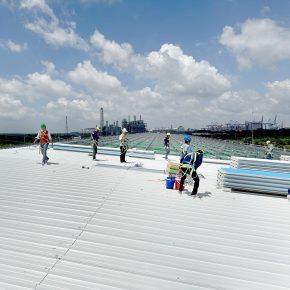
15th April 2024
EJOT Colorfast chosen for Kingspan’s highly sustainable new Asian factory
More than 120,000 EJOT Colorfast self-drilling fasteners have helped Kingspan to create a thermally superior, visually-appealing building envelope for its first purpose-built manufacturing plant in South East Asia.
Posted in Articles, Building Industry News, Building Products & Structures, Building Systems, Case Studies, Posts, Restoration & Refurbishment, Retrofit & Renovation, Roofs, Sustainability & Energy Efficiency
15th April 2024
ASSA ABLOY helps new manufacturing plant achieve LEED Gold certification
Improving sustainability performance is becoming a higher priority for building developers, owners and users. One consequence is fast-growing demand for green building certifications — and therefore specification. Specialist input can make the difference between hitting and missing a project target, as ASSA ABLOY explains here…
Posted in Access Control & Door Entry Systems, Architectural Ironmongery, Articles, BIM, Infrastructure & CAD Software, Building Industry News, Building Products & Structures, Building Regulations & Accreditations, Building Services, Case Studies, Doors, Facility Management & Building Services, Information Technology, Retrofit & Renovation, Security and Fire Protection, Sustainability & Energy Efficiency

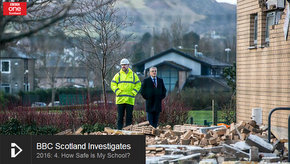
I’m not sure that just because many PFI companies have moved ‘off-shore’ means we should be all running around screaming in despair. From what another BBC program revealed about off-shore companies a while back, half the biggest PLCs in the country are ‘off-shore’ – for tax (dodging) reasons, I gather.
And just how many PFI-school walls have dramatically collapsed? 1? Again, hardly reason to be panicking…
Thanks for the comment. The offshore moves and loss of tax is just a minor irritant but the out of control PPI process is very worrying in terms of safety, quality, costs etc. Can I encourage you to watch the programme via the iPlayer link and you will see the extent of the specific problem which is more widespread than 1 school and there was considerable danger of loss of life.